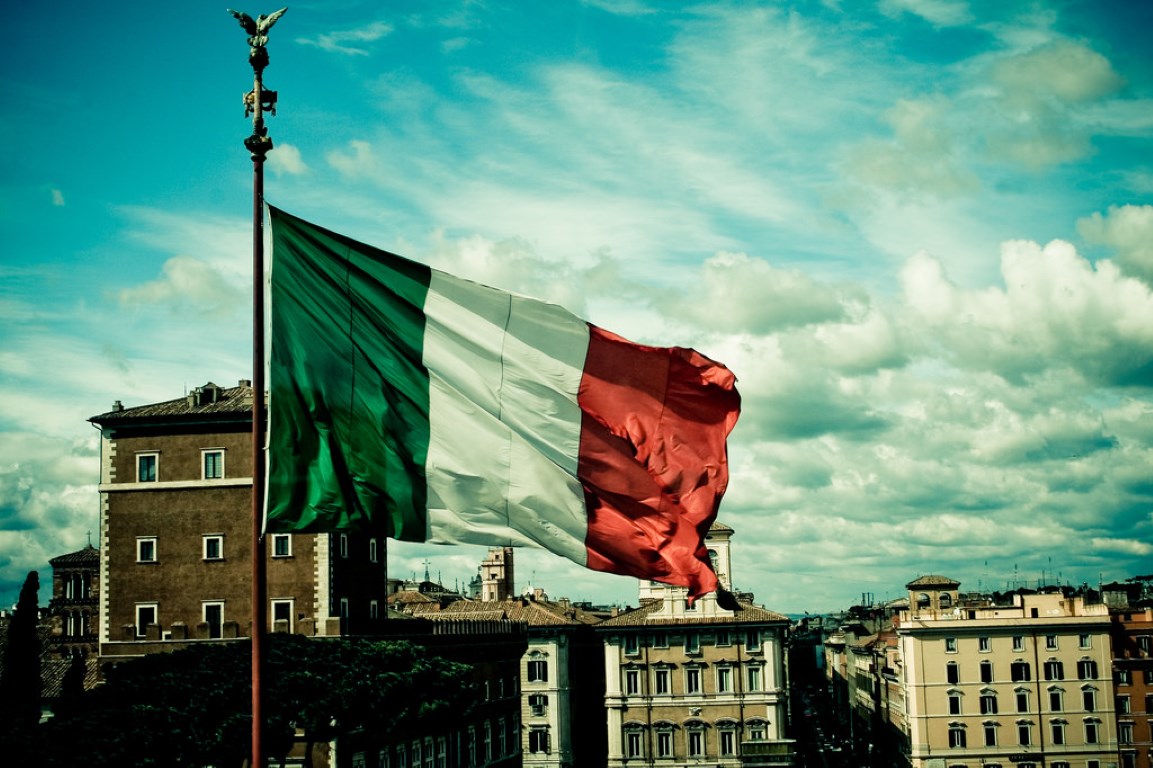Italian Economic Crisis
May 18, 2017 | Expert Insights

The Report by Standard and Poor (S&P) stated that the Italian economy is likely to shrink slightly due to poor banking system and divided politics.
According to the S&P report, the economy grew at 1 percent in 2016 which has been maximum since 2010 whereas the GDP is likely to grow lesser than 1 percent in 2017 and by 1 percent in 2018. Italian banks are burdened by numberless non-performing loans (NPLs). Also, Italy's government debt amounted to 132.6 percent of the country's economic output last year. The report cited political gridlock in the coalition government, the difficulty in implementing reforms, and depressed household purchasing power is caused due to slow wage growth and high unemployment. The unemployment rate stood at 11.7 percent in March, compared with 9.5 percent in the Euro zone.
The International Monetary Fund (IMF) stated that Italy will not recover for another two decades as the post crisis reforms have been slow. The risk of regional and global spillovers could be significant given Italy’s systemic problems.
Italian Banks’ struggle
The Italian banks are struggling with the burden of bad debt, loans worth €360bn. The root cause is the dismal economic performance of the Italian economy in the last two decades. The GDP remains at 8% smaller than it was at the onset of the international financial crisis. Lower growth has made it difficult to generate tax revenue needed to keep the burden down. The problem has been exacerbated by the country’s bankruptcy legislation, which made it sluggish for lenders to recover their money when borrowers failed financially.
Analysis
Italy is on the edge of tearing Europe apart, but the economic and political crisis brewing in the nation is largely going unnoticed. All eyes turned towards Britain's vote to leave the European Union as having the most drastic political and economic impact on the 28-nation state, but looking at the country's economic data, bank issues, and the impending constitutional referendum coming up, Italy is like a bomb waiting to explode.
Banca Monte dei Paschi di Siena (BMPS), the oldest surviving bank in the world, has built up a pile of soured loans over the last decades. Its financial prospects appear to be deteriorating. Regulators face with cumbersome corporate restructuring and insolvency procedures. The projection of Italy emulating Japan’s experience in 2000s is seen as increasing. Japan’s banking collapse in 1998-99 resulted in restructuring, including bank mergers and capital injections. The upheaval had a serious, negative impact on the economy. In Italy’s case, however, there will be one difference: while Japan’s experience was wholly domestic, an Italian banking collapse would have a strong effect on other European countries with serious bad loan problems, such as Austria, Greece, Spain and Portugal. UK banks are less vulnerable as they have already reduced their exposure in Italy.
Assessment
One of the major causes of the crisis has been deteriorating governance. Since 2000, measures for good governance have shown a downward slope. Corruption and weak rule of laws are poisonous to the economy as it assists country’s underground economy to flourish.
Italy’s labour productive gains have been abysmal. The Country suffers from a dearth of Research& Development spending. The economy is dominated by Small and Medium Enterprises; therefore it is not able to achieve crucial economies of scale that creates efficiencies.
The recapitalization of Italian banks remains an urgent task. Europe should enable Italy to nationalize its Monte dei Paschi to restructure them and modify their governance. Alongside, the country needs fundamental reform of its political system, courts, tax system and labour laws. Like the rest of the Eurozone, Italy needs a decent growth rate. Due to existing crisis, Italian voters and politicians questions the advantages of EU membership. Two reasons have been aggravating the anger. First, the Eurozone’s fiscal rules pay no heed to Italian conditions. Second, absence of EU unity over migrant and refugee crisis in the Mediterranean as half a million boat people have landed in Italy over the past three years. A viable option for Italy is to thus, exit European Union and allow weak currency to generate more exports, higher inflation and easier debt burden as Italy is not receiving financial support from the EU.








Comments